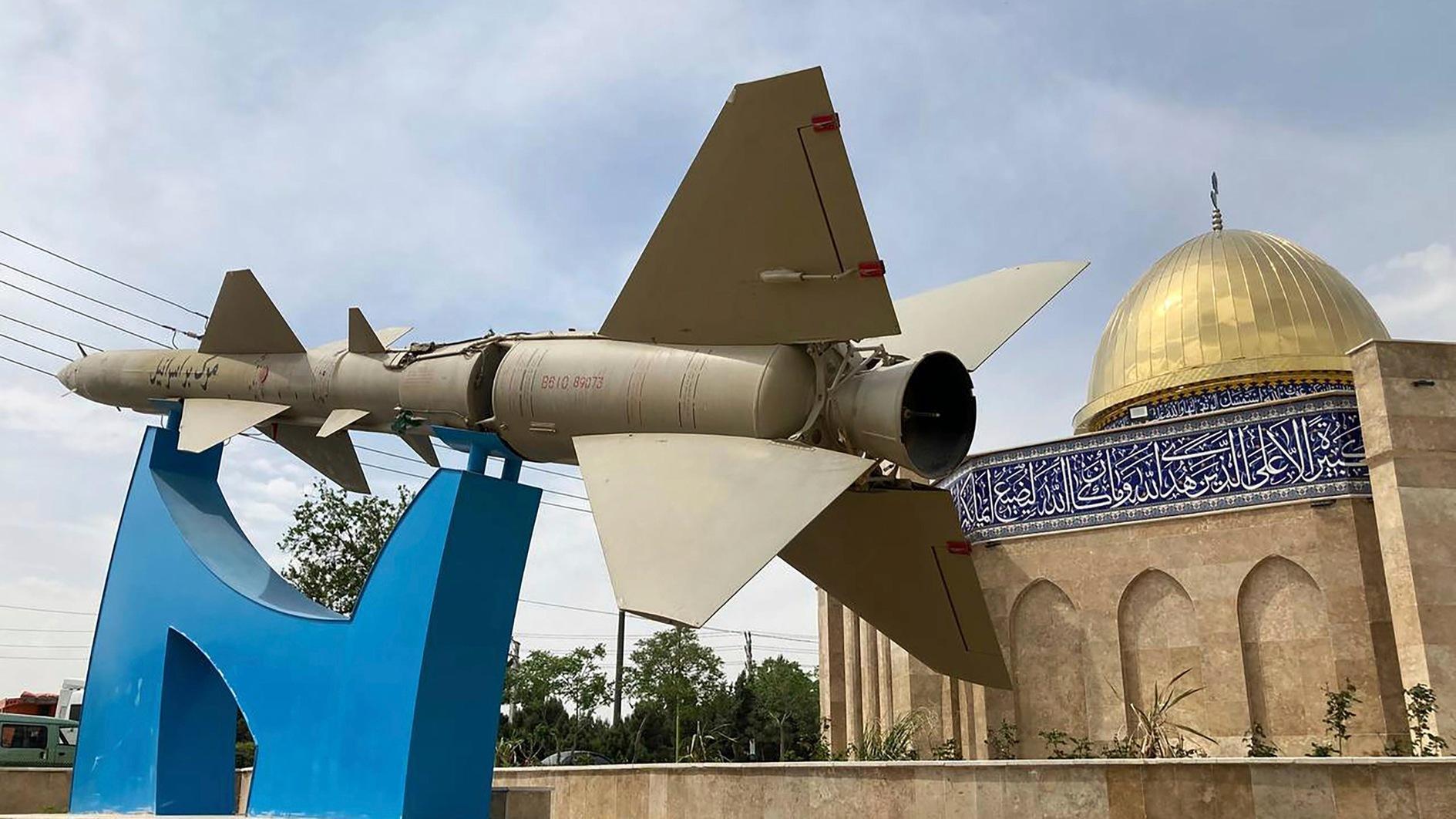Waiting for new waves of terror
The suicide attack at the U.S. Embassy in Ankara put Turkey in the spotlight. The police quickly identified the perpetrator. It was immediately announced that the Revolutionary People’s Liberation Party/Front (DHKP/C) was responsible for the act of terrorism. Most Western analysts had a difficult time making sense of the DHKP/C. That the act was committed by a “Marxist” organization, not a jihadist one, was confusing.
What made it difficult to understand the attack and explain the organization behind it was the classic Cold War classification of the “left-wing/right-wing terrorist organization.” This classification, based on Western perceptions and motivations, was not very useful in classifying the terrorist groups in Turkey. A focus on ideological labels leads to partial analyses. This is why many find it difficult to understand the relationship between Syria and the DHKP/C.
A more detailed analysis requires an accurate assessment of the basic motivations of the terrorist groups in Turkey. A classification along the lines of religious-sectarian, ethnic-sectarian and ethnic terrorist groups provide answers to many questions.
It is possible to distinguish between two kinds of religious-sectarian terrorist organizations, reflecting the division between Sunni and Alevi faiths. The Sunni groups not only have links with global jihadism of the al-Qaeda sort, but also include homegrown groups like the İBDA-C (Great East Islamic Raiders Front).
Moreover, there are some homegrown organizations in which most members share a common allegiance to the Alevi faith beneath the cloak of Marxism. For instance, the members of the Acilciler (The Urgent Ones), one of the most violent organizations of the Cold War era, were mostly Arab-Alevi Turkish citizens. Accordingly, with the end of the Cold War, the true colors of the DHKP/C were derived not from Marxism, but from this kind of sectarian identity.
Small homegrown, romantic armed groups active in Tunceli exemplify ethnic-sectarian organizations. Although they define themselves as Marxist/Maoist, their common denominator is ethnic-sectarian identity. The currently dormant Kurdish Hizbollah also belongs to this group.
The most powerful representative of ethnic terrorism is, of course, the Kurdistan Workers’ Party (PKK).
Analyses will surely be better informed if ethnic, religious and sectarian motivations behind terrorist organizations are taken into account.
That acts of terror escalate during economic, social and political crises is obvious. Such crisis-ridden developments are being more powerfully felt not only in Turkey’s region, but in Turkey, too. This is why we can expect more acts of terror.











